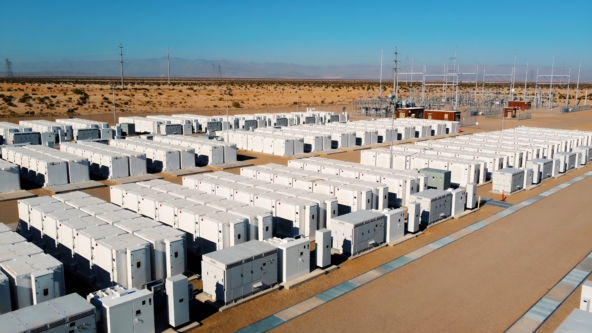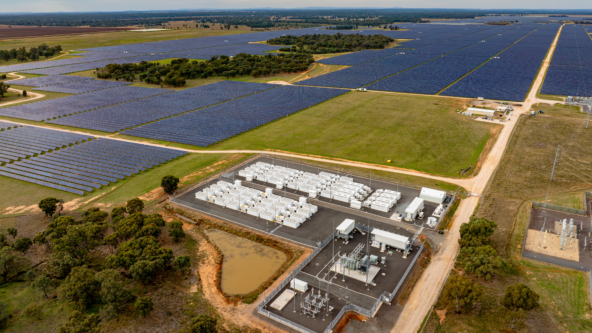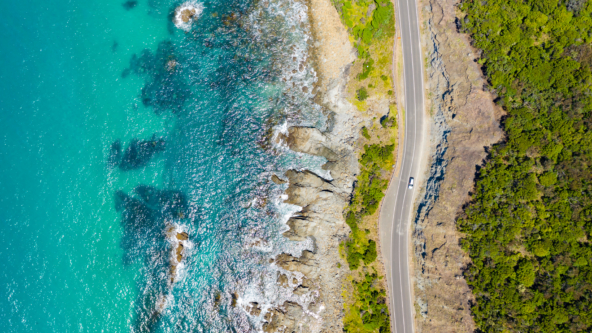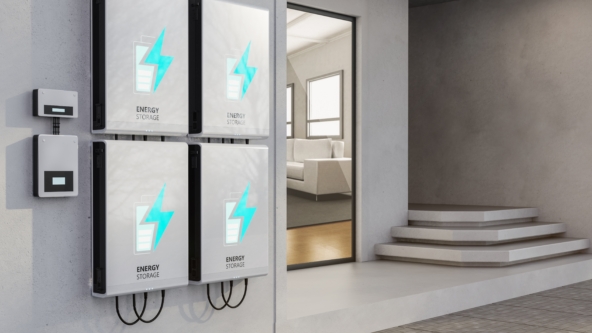For those investing into the electricity sector in Australia, the term Renewable Energy Zone (REZ) appears to be the buzz word of the day. But what exactly is a REZ, and as an educated investor, why should you care?
To begin with, let’s look at how the electricity is shipped around Australia. On the east coast, we have the National Electricity Market (NEM). The NEM includes the States of QLD, NSW, VIC, SA and Tasmania. These States are all linked by a system of poles and wires. Theoretically, you could generate power in Cairns and have it consumed in Hobart.
Western Australia has a different system as it isn’t physically connected to the NEM.
For the purposes of this article, let’s simply focus on REZs that exist on the NEM.
A REZ is an area of the map that has been identified as having strong potential for renewable energy. This is typically defined as an area with strong wind resources (for wind farms) and / or strong solar resources (for solar farms). It may even have potential for high amounts of storage via pumped hydro.
Our national coal generation fleet will be decommissioned over the coming years. Something needs to replace this fleet if we want to keep the lights on and REZs give us a view of where these new generation assets are likely to be located.
The problem we have in Australia is that our transmission network, the large steel towers that carry electricity, were designed to move the electricity from where the coal is to where that electricity will be consumed.
Unfortunately, the generation assets of tomorrow (wind and solar farms) are generally not located where the current coal fleet resides. So why is this a problem?
Think of the transmission network like a set of water pipes. The pipes are quite large at the source of water (say a dam), but by the time the water reaches your bathroom tap, the pipe is quite small.
Now, if we transpose that analogy to the electricity grid, in many cases, we are attempting to build dams in your bathroom. In this example, clearly, we can’t get the power down the pipe. In order to fix this, the transmission grid needs augmentation and lines to be built to where the wind and solar farms will be.
And this is what a REZ is. It is simply the transmission network being augmented with new lines to allow renewable energy to flow back into the grid while minimising constraints due to the pipe being too small.
According to the Australian Energy Market Operator who is responsible for identifying REZs, there are currently 35 potential areas on the map where it could make sense to build out the transmission grid. You can read more about those areas here:

There are, however, many challenges in building out new transmission.
For example, new transmission lines are costly.
This cost gets paid for by you and I on our electricity bill under the banner of a network charge. Nobody likes increasing power bills. However, if we don’t build these new lines, then the actual cost of electricity will increase over time as new supply can’t come onto the grid and compete. So it is the role of the Australian Energy Regulator to ensure that all new lines built provide a net benefit to consumers.
This element has plenty of focus politically and from consumer groups as there is a view that in the past, our poles and wires were “gold plated”. ie They were overbuilt and now consumers are paying for it. However, this argument appears flawed now given that the transmission grid isn’t able to transport electricity around the NEM as we would like it to.
This process of testing the economic benefits currently takes 2-3 years or more to complete. It clearly isn’t very quick. The process exists to protect consumers against “gold plating”, as conceptually, the transmission grid owner gets a return on capital commensurate with the value of the asset that they build. Therefore, they have an economic incentive to continue to build assets.
Interestingly, rather than wait for this regulatory economic test to play out, states like QLD, NSW and Victoria are bypassing the established rules to try and speed things up.
Another challenge to consider is that not every rural community wants new lines through their farms. Social licence takes time to establish, and, in some communities, we are seeing strong pushback.
Finally, there are heavy engineering challenges. Not just for the physical design and construction of the lines, but how all of this new green electricity will mesh with existing network operations.
Whilst the transition from coal is a complex one that will unfold over many years, renewable energy provides an exciting future for Australians. Identifying high quality sites and developing renewable energy infrastructure provides an opportunistic and rare investment opportunity; however, these opportunities are not infinite and are not going to be available forever. Experience in the market is paramount and Octopus’s deep investment team comprises grid experts, technical engineers and asset managers who have the experience in addressing the risks posed above and sourcing and developing these high quality opportunities for investors.
Leading Australia’s drive towards a cleaner future
Octopus Investments invests directly into the Australian renewable energy sector, helping to provide the innovative solutions it needs during its transition to a clean energy future. Visit our website for more information.
Read the latest insights
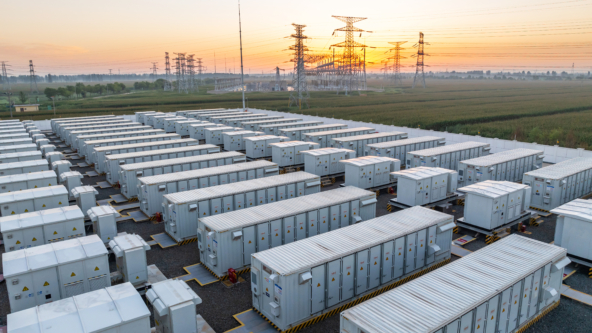
World Energy Outlook 2025: The Energy Transition Is Accelerating and Firmed Power Is Now the System Gap That Must Be Closed
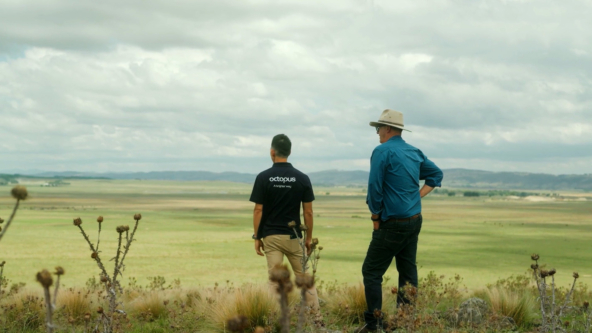
Octopus Australia reaches financial close on the $900 million Blind Creek Solar Farm and Battery project
